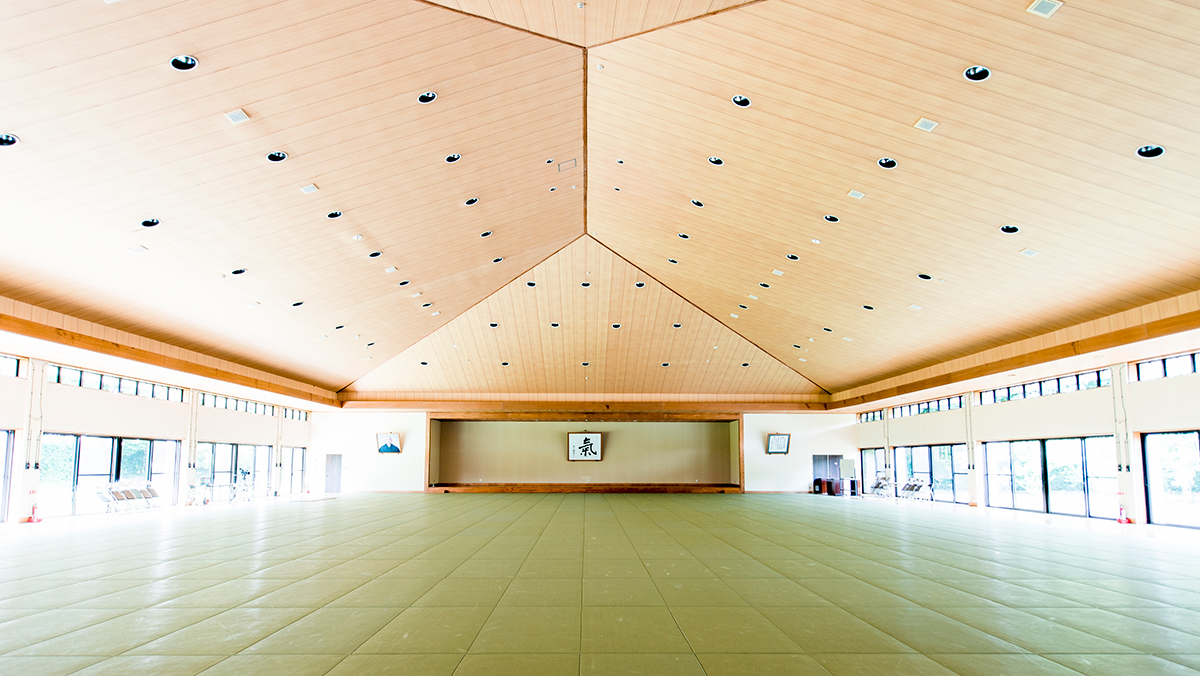A Short Instruction:
The purpose of this kind of article is to practice and validate the Ki principles (Mind moves body) which are the foundation of Ki-Aikido in your daily life. Therefore, it has no meaning if you just read it without practicing it.
The fundamental method of mastering anything is practice. However, not just practice, but it is also important to validate how one has changed as a result of the practice.
It is easy to lose what you have learned without practice. On the other hand, you will never lose what you have learned through practice and validation. Therefore, please read, practice, and validate the contents of my article at least four times within a month.
Changing your habits by changing your subconscious mind(2)
This continues last time’s discussion of “Changing Your Habits”
Concerning the practice of Shin Shin Toitsu Aikido, in learning proper actions it is essential to develop new habits. I’d like to tell you about practical ways you can change your habits.
To change your habits “depth of consciousness” and “repetition” are very important. First, let me talk about “depth of consciousness.”
The dramatic experiences that come from bad habits can completely transform a person. A friend of mine drank heavily for many years, he got very sick and drifted near the brink of death. Fortunately, he recovered completely and never drank another drop.
Experiences that touch your very existence enter the depth of your consciousness. Things that enter your depth of consciousness can change your habits.
But, such dramatic experiences are not the stuff of daily life. In the first place, dramatic experiences more often come from unavoidable circumstances than from choice. Because there are so many experiences that do not come by choice, you may not necessarily be able to change your habits by your method of choice.
The idea of entering deeply in to consciousness naturally involves the subconscious, but that is a complex topic that I’d like to talk about another time.
With that, “repetition” is now the important thing to talk about. If you set your mind firmly you can change your habit through the repetition of action.
Last time’s practice-and-validation was about changing the way you put on your shoes. There are many people who, after initially putting their mind to start something new, forget after several days. That cannot become “repetition.” It’s difficult to remember to do something new, so it’s likely that you won’t.
So, how can you achieve “repetition’?
At seminars and other events, I’ve had people do the practice-and-validation exercise for putting on shoes.
One person did this: put a dress shoe on the left, and a sneaker on the right, a deliberate choice to put different kinds of shoes on each foot. With that, it was easy to remember. This person succeeded in changing the habit. As an aside, this person did get some strange looks while walking around town like that.
Another person had a different approach.
For sneakers, put an eye-catching ribbon on the left shoelace, and for dress shoes, change the color of just the left insole. Then, put post-it notes all around the house with the message “left shoe first”, working very had to engage the subconscious. This successfully changed the habit.
There is not much meaning in changing the way you put on your shoes. But, there is a lot of meaning in changing your habits through your own will power. The various methods for doing it are invaluable.
Koichi Tohei sensei has said “In any field, the top people are those who continuously strive to do quality work without tiring.” “Repetition” is essential to adopting good habits, but determination and toughness alone are not enough to sustain the effort. In order to sustain, daily methods are indispensable.
Daily methods, they are a way of learning ki.
Let’s practice and validate the following:
[Things to practice]
1. Like last time, change your normal left-right order when you put on your shoes. Knowing you can do it without being conscious of it, change your habit.
2. Think of three methods for “repetition” and try putting them in practice.
[Things to validate]
1. Which methods were effective in changing habits?
2. Can you apply the methods to changing other habits?

